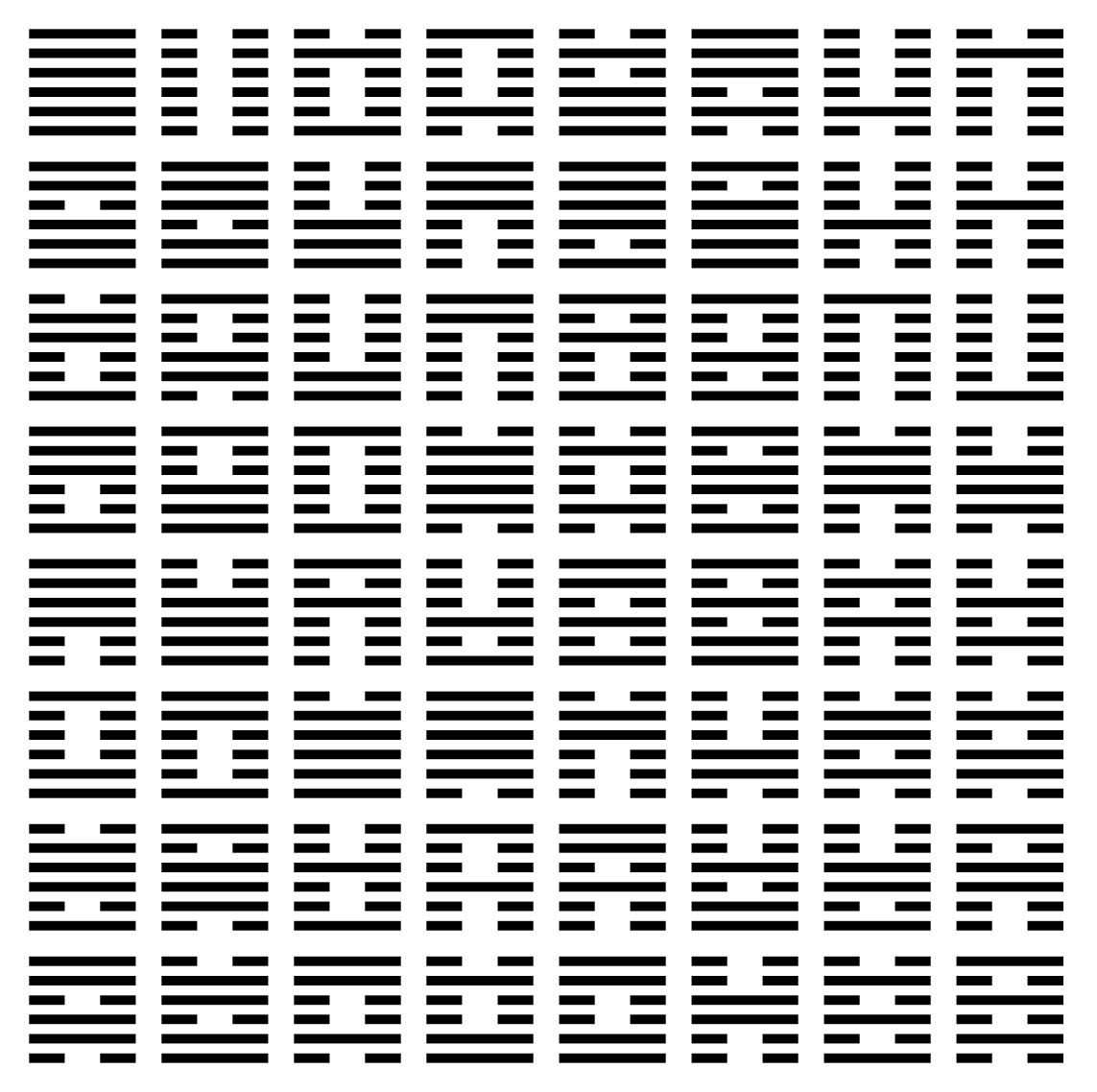Sacred Gear Ratio
From a purely mathematical standpoint, 64 is a power of two (2⁶), making it ideally suited for systems that rely on binary logic, such as digital timekeeping, signal processing, and modern CNC controllers. But its elegance doesn’t stop there. Sixty-four divides cleanly into halves, quarters, eighths, and sixteenths, allowing for easy subdivision of time. This makes it especially practical in mechanical timekeeping systems, where 64-tooth gears often serve as indexing wheels, escapement components, or intermediate wheels in horological gear trains, providing precise and consistent intervals critical to accurate clocks, chronographs, and timing devices.
The world of gears is a realm of precision, cycles, and mathematical harmony. Gear mesh ensures smooth motion and accurate speed or torque ratios that power everything from micromechanical devices to industrial-scale automation. However, the notion of a “sacred gear ratio” reaches beyond the mechanical, weaving through the very fabric of life itself. Interestingly, this ratio—or more precisely, this structure—can be found in the DNA code and the I Ching, two systems—one governing biological processes, the other offering a philosophical framework for timekeeping aligned with the deep cycles of change that underlie the universe.

While not ratios in the strict mathematical sense, the 64 codons in DNA and the 64 hexagrams of the I Ching represent complete systems of transformation—symbolic counterparts to the role gear ratios play in mechanical systems: structured, cyclical, and exact. These “ratios” reflect the presence of an underlying mathematical order that governs complexity across disciplines.
The number 64 in the I Ching embodies cyclical change—the continuous flow of energy between opposites. Just as gears convert input to output through fixed yet adaptable motion, the hexagrams model the transitions between states of being, behavior, or time. These changes follow predictable permutations, not unlike the behavior of a compound gear train operating within defined tolerances and timing arcs. The I Ching interprets the timing of transformations in the world, offering guidance on the rhythms of existence. The 64 hexagrams can be seen as symbolic “gears” in the vast machinery of the cosmos—each one driving the next, creating a system of interconnected cycles. The ancient system, translated as The Book of Changes, is a classical Chinese text used for millennia to understand the cycles of nature, consciousness, and social dynamics. Each hexagram is composed of six lines, either broken or unbroken. These line states resemble 1s and 0s, forming a structure closely related to modern digital logic and to the yin-yang principle in Taoist thought. The resulting patterns reflect binary permutations: 2⁶ = 64.At the most fundamental level, life is encoded in the language of DNA, where sequences of nucleotides form the building blocks of genetic information. These sequences consist of codons—triplets of nucleotides corresponding to specific amino acids. There are exactly 64 possible codons in the genetic code, arising from the four DNA bases (adenine, thymine, cytosine, and guanine). This precise number emerges from combinatorics: 4³ = 64.
Much like a mechanical gear set, codon translation into amino acids is precise, regulated, and error-checked. The 64 codons coordinate the production of proteins, enabling the functions of cells, tissues, and entire organisms. This complex process of transcription and translation reflects the same ideals of reliability and repeatability that gear engineers strive for. The unity of the codon system mirror the optimized meshing found in finely machined gears.
The presence of 64 in both DNA and the I Ching suggests a kind of universal design, one that bridges the boundaries between biology, philosophy, and engineering. In the same way that gears power machines with exactitude and purpose, the 64 codons regulate life’s internal machinery, while the 64 hexagrams offer insight into life’s external rhythms. As engineers and thinkers, we can look to these patterns for inspiration, recognizing that the principles of balance, structure, and cyclic motion transcend machines and echo across biology, cosmology, and human thought.







